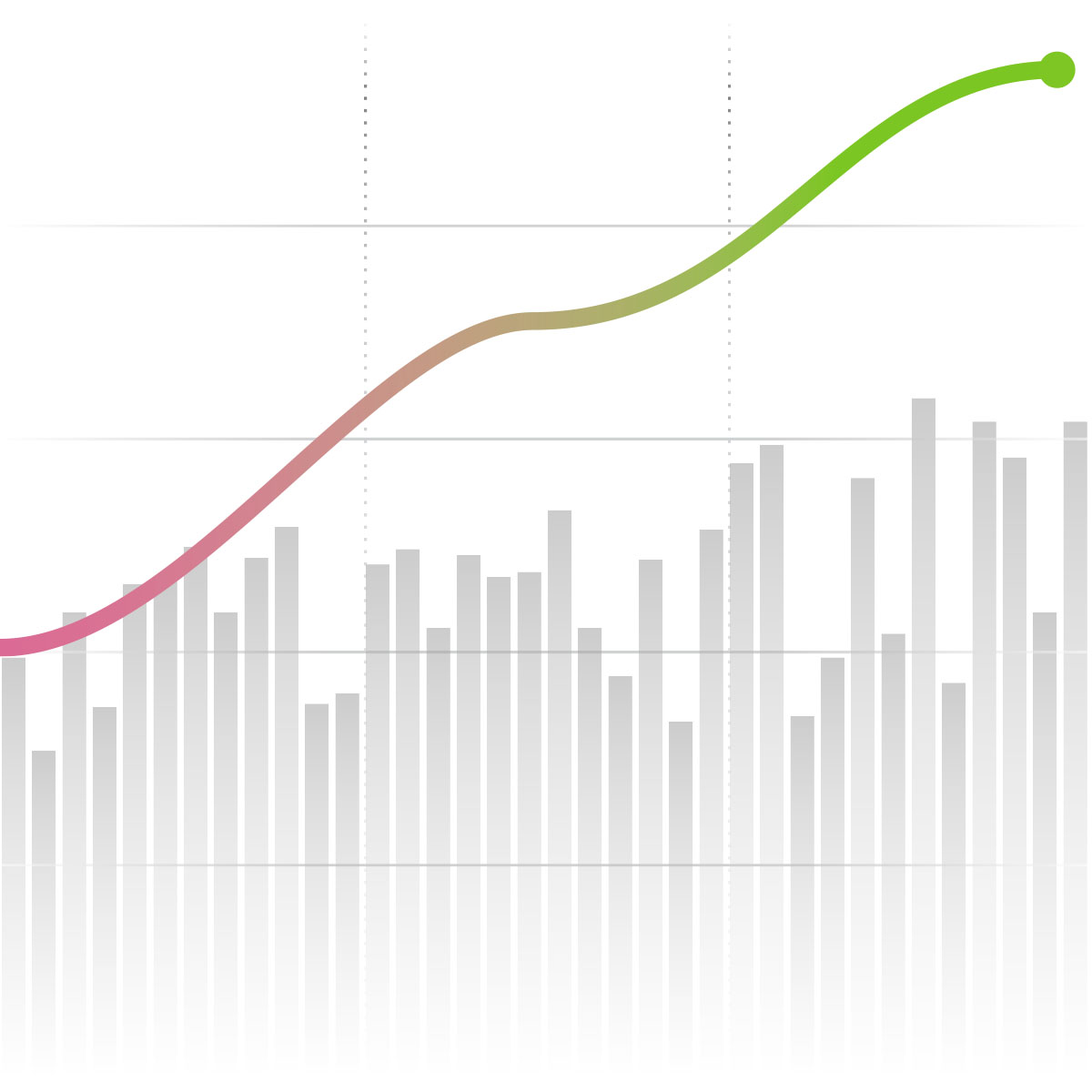“You can only grow your business at the rate at which you can scale its culture.”
This statement is an interesting one, and both right and wrong. What is undeniably true however is that as owners grow businesses from employing 10’s, to 100’s and then 1,000’s of people, often one of their constant concerns is how to maintain the healthy, creative and innovative culture that has been the engine room of their success to date.
A quick bit of research into organisations that have been successful in this over the long term reveals some interesting patterns. Going back to 1958, Bill Gore left his highly successful career with DuPont with the idea of creating an entire organisation that was as innovative, fun and creative as the R&D functions that he had worked within. Sixty years later WL Gore has revenues of $3.5bn and employs 9,500 “associates”. In more recent times Spotify has had to do a lot of things right to become a $46Bn dollar business and the most used music streaming service on the planet, a sector which is riddled with the corpses of other services that couldn’t make it.
What mostly gets written about these organisations is their strikingly radical organisational designs. Gore pioneered the lattice structure where it is the teams who decide who they want to be led by as part of their aggressive approach to minimise bureaucracy. Spotify also champions team autonomy but with a different approach where “squads, tribes and guilds” are the order of the day. The reality is, however, that having a radical org design is just one of many vital ingredients that make up a truly holistic way of working in these “progressive” organisations. At some stage it might be appropriate, but in and of itself structure alone is woefully insufficient, and certainly not the first step.
At VitalOrg we have been researching and working with organisations who have the innate ability to innovate, change and retain the best talent, and those that cannot, for decades. Our research found that the single strongest determinant of success in these three areas was not structure, size, sector, or age of the firm; it was management practices. This has been borne out by Gallup’s recent research which indicated that management practice was the biggest single determinant of employee engagement at around 70%.
This seems to echo wider research about highly innovative organisations who have grown to a large scale while preserving the fun and creative culture that they had when there were just a handful of employees. What we notice about these organisations is the priority they give to innovating management practice first, knowing that innovative products and services will follow. So, we need to innovate management, to break free of the tacit assumptions that were developed 100 years ago but still live on today in the vast majority of organisations and contemporary HR practices. But where to start? Who has influence, what things should we change, what changes to make and how to make them?
That is where The Vitality Index© comes in; it is able to zero-in on the management processes, practices and behaviours, that, if changed will have greatest benefit in engendering not only high levels of engagement, but also enable an innovative, change-enabled culture to emerge. These are specific to each organisation’s context at a precise moment in time and can be filtered by any attribute; region / business unit / function / team etc.
The Vitality Index© diagnostic is different to polling your people by way of the “employee engagement survey” in a number of different ways:
- Such surveys tend to ask direct, judgemental questions. Whilst, on the surface this may seem to be appropriate, these types of questions invite a significant amount of bias, both conscious and unconscious. This leads to data contamination which can severely affect the validity of the output. Improvement actions informed by unreliable data are unlikely to bring the desired impact.
- Engagement surveys usually don’t have a diagnostic capability; they aggregate 1000’s of responses into visually appealing bar charts, depicting the respondent’s judgement of various symptoms that they experience. By contrast, The Vitality Index© diagnostic capability is based on our own empirical research of organisations; through this, artificial intelligence is able to pin-point the specific and addressable management practices that reside below the surface level symptoms.
- The Vitality Index© offers concise, actionable insights. A typical Investors in People “Insights Assessment Report” runs to around 50 pages of words, numbers, charts and graphics. In our experience, at this weight, most with line management responsibility leave them unread, and even if read, unactioned. In contrast, a line manager on the receiving end of The Vitality Index© output only receives the information that s/he needs to make improvements, simple things they can get started with that hour.
- Many employee engagement surveys guide organisations towards a “gold standard” that is showing its age, aligned to a style of management more relevant to the world of work in the 1910s. This was a time when repetitive manual labour was the norm. This is not the management we need if we wish to create an environment where highly intelligent and skilled knowledge workers can bring their very best creativity and intellect to the fore. Enlightened leaders know this, they are looking for ways to break away from a “parent-to-child” relationship prevailing in the management dyads of their organisation. The Vitality Index© directs organisations towards management practices based on what science tells us, not what we’ve always done. A working environment where everyone, regardless of their role or status shows up in an adult-to-adult climate, able to speak freely and give of their best.
Returning to the opening statement; perhaps the real question is not one of “scaling culture”, more a question of making informed and deliberate choices about how we lead, organise and manage that will enable the positive evolution of your healthy culture appropriate to the scale and maturity of the organisation. If your aim is to keep the vibrant culture you have created alive, our strong recommendation is to actively avoid adding bureaucracy (rules, procedures, central controls). This can be achieved by adopting principles instead of rules and distributing decision authority within your growing firm. If you are interested in how to get started down that path or to find out more about how The Vitality Index© can bring insight to those decisions, please get in touch.

